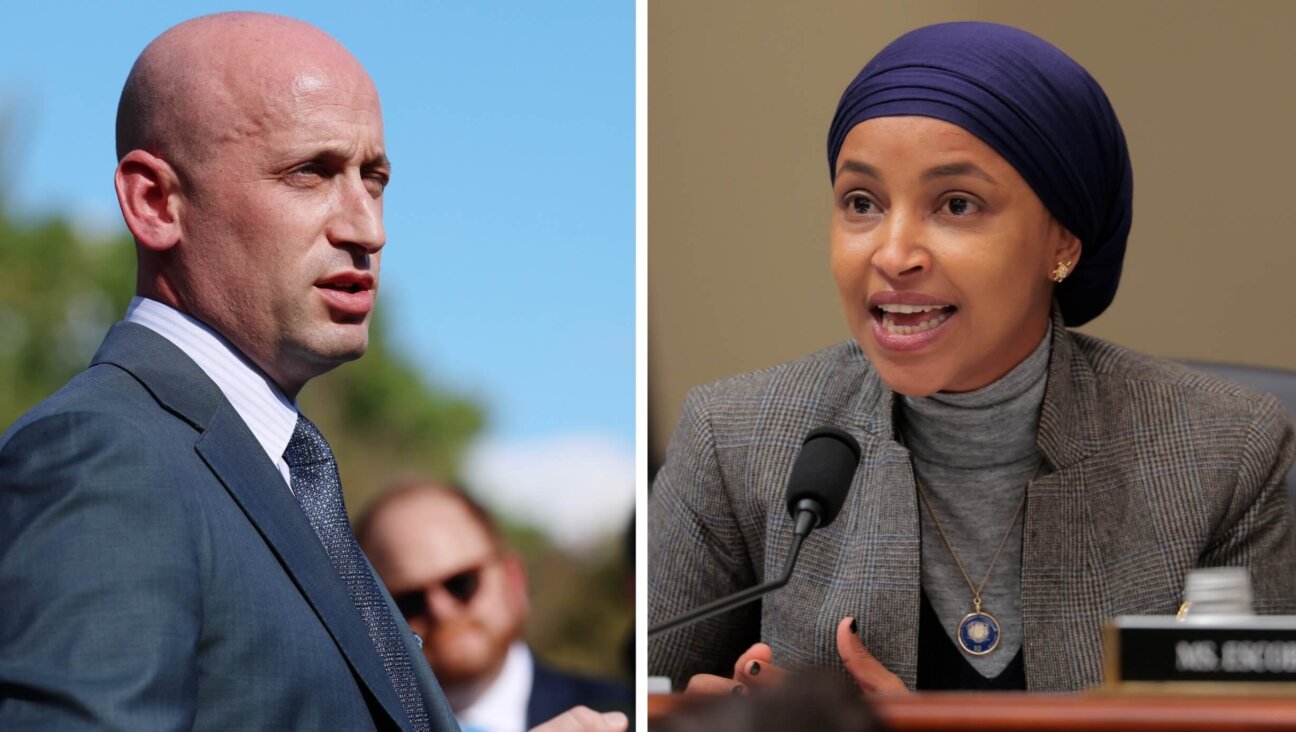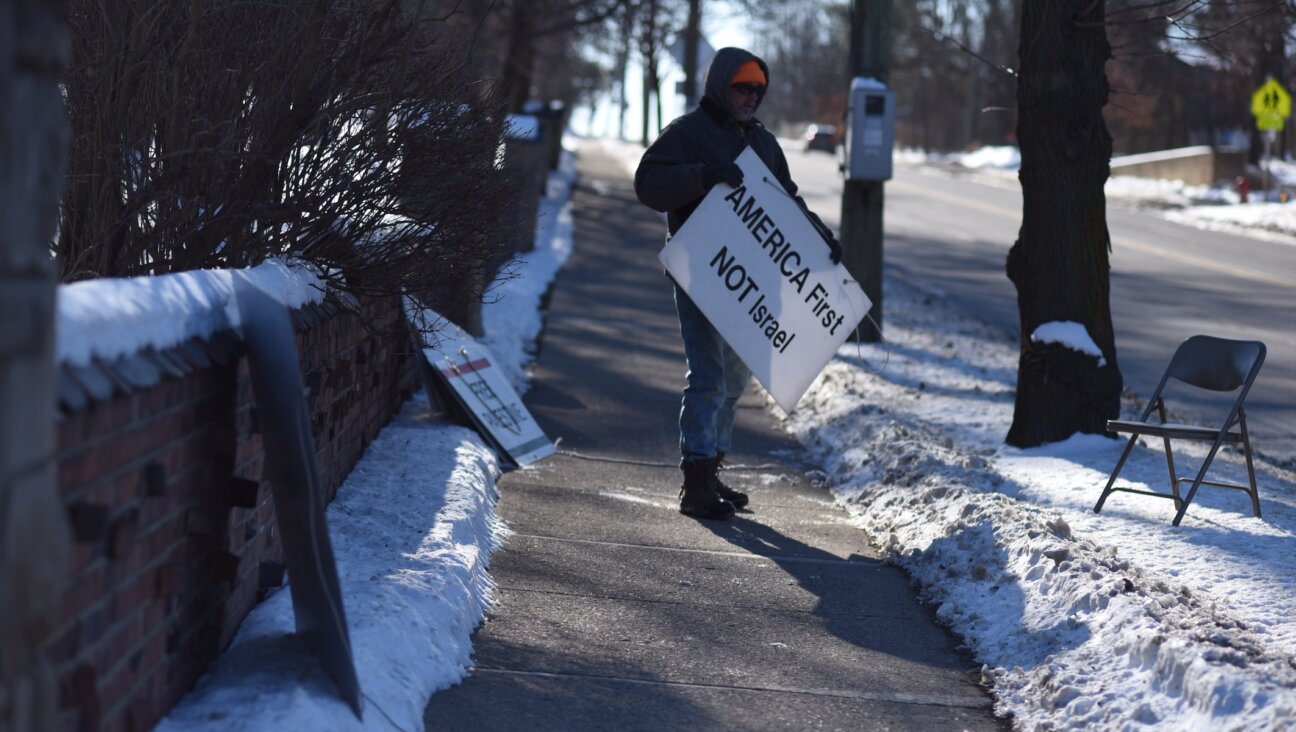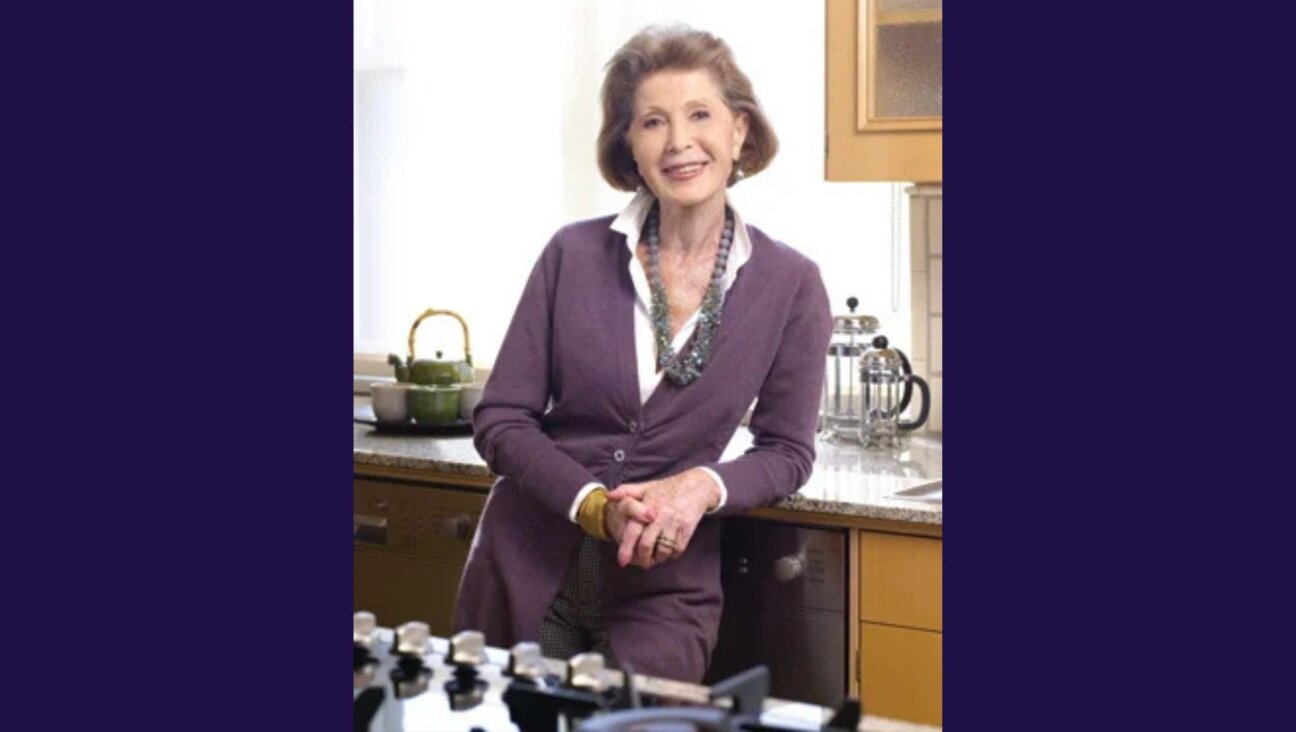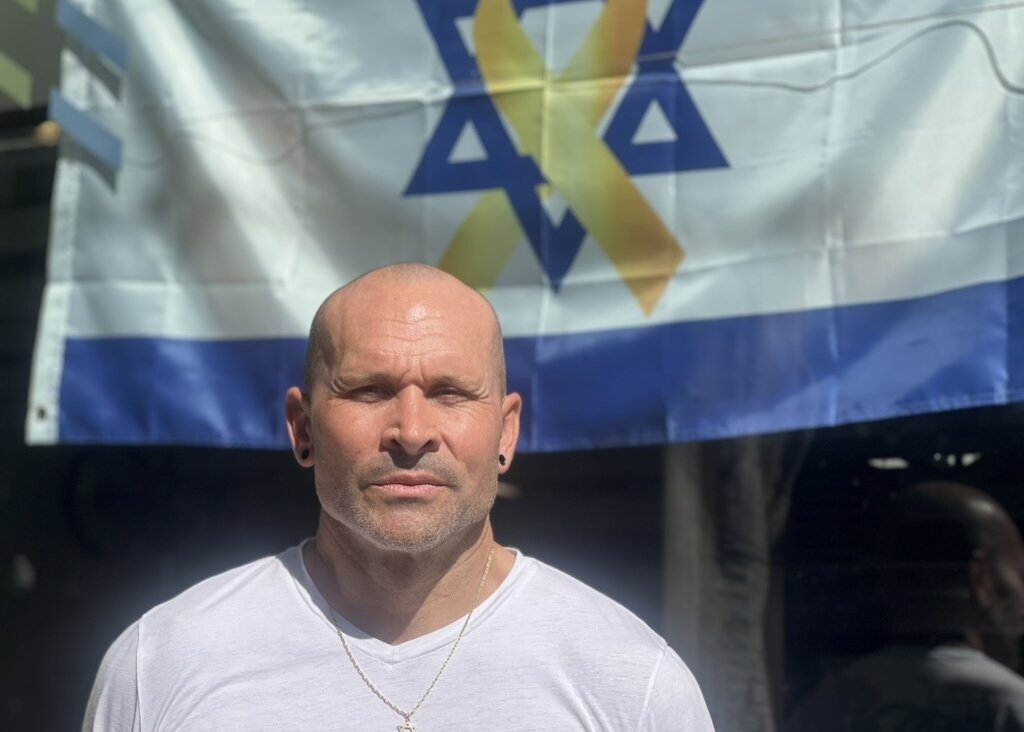Illustrators Tomi Ungerer and Jules Feiffer Hold Court at Society of Illustrators

Polish Consul General Image by Karen Leon

Tomi Ungerer and Jules Feiffer Image by Karen Leon
Illustrators Tomi Ungerer and Jules Feiffer Hold Court at Society of Illustrators
The June 9 standing room only “An Evening With Tomi Ungerer and Jules Feiffer — A Conversation,” was hosted by the Society of Illustrators at its base on Manhattan’s East Side. Ungerer, world-renowned illustrator and author of more than 150 books, and Pulitzer Prize-winning cartoonist Feiffer, joked, thrust and parried about their life’s work.
“I don’t think of you as a cartoonist but as a social commentator,” Alsace-born Ungerer said to Bronx-born Feiffer.
“I am a playwright, not a cartoonist,” insisted Feiffer, author of “Little Murders,” and “Grownups.”
Ungerer, garbed in black, stated: “It is like slavery to collect. Owning [things] cuts down on your freedom.” Feiffer, looking sunny in a yellow shirt, just smiled. Ungerer pursued: “Have you found peace in your life? Can you have peace and be creative? Talent without despair is hardly useful. I think they should teach despair in art school.” He continued: “I write by hand…. I can’t deal with buttons.”
Feiffer responded: “I start with pictures… I wrote a graphic novel.”
Ungerer, who was born in 1931 in Strasbourg, recalled his childhood after the 1940 German occupation of Alsace. “French — even [saying] merci and bonjour was forbidden. Wearing a beret was banned.” He informed, “The Jews were not rounded up in Alsace but were sent to France, and it was the French who delivered them to Germany!” Ungerer was the first and only living artist in France to have his own museum, the Musée Tomi Ungerer, which opened in 2007 in Strasbourg and is devoted exclusively to his work. Though not Jewish, Ungerer proclaimed, “my humor is Jewish. ” He trumpeted the importance of “remembering the Shoah: We went to the [nearby] concentration camps with our children. My children should know what it is all about.”
Ungerer described his 15 years in New York as “the most important of my life…. You have to give destiny a destination, and when it runs out, you go somewhere else…. You don’t have to know the language, all you have to do [here] is smile.” At the evening’s end, a tired Ungerer was besieged by fans — some of whom had the chutzpah to bring shopping bags full of his books for him to autograph. Aria Ungerer, his daughter and manager, suggested I postpone any question-and-answer sessions and that I should meet with her father June 23, at the end of his book-signing tour.
In a preliminary e-mail to Ungerer, I noted I was aware that Alsace was the cradle of Yiddish. He would later tell me: “During the French Revolution, 80% of the Jews of France lived in Alsace and were very prominent…. There are eight synagogues in Strasbourg.” A few days after our conversation, I received a copy of his autobiographical photo- and illustration-enhanced book, “Die Gedanken Sind Frei/Meine Kindheit im Elsace” (“Memories Are Free: My Childhood in Alsace”) (Diogenes Verlag, 2009). With it he sent “Zvi Kolitz — Jossel Rakovers Wending zu Gott” (Diogenes Verlag, 2004), the German edition of Pantheon’s 1999 edition of Zvi Kolitz’s “Yosl Rakover Talks to God. ” The book deals with the final days of the Warsaw ghetto. In the German edition, Ungerer’s illustrations are captioned in both German and transliterated Yiddish. The book’s introductory page contains a Yiddish paragraph, and there are 48 Yiddish entries at the back.
Several years before Kolitz died, he and I would revisit my recollections of prewar and wartime Warsaw. We often spoke to each other in Litvishn, or Lithuanian, Yiddish. I now have a standing invitation to visit Ungerer in Strasbourg, with its eight synagogues.
“BURIED PRAYERS” — DEFIANCE OF ANOTHER KIND — A REMARKABLE HOLOCAUST DOCUMENTARY
I have never “seen a movie like this. [and] I thought I had seen it all,” said Ewa Junczyk-Ziomecka, consul general of New York’s Polish Consulate, at the June 21 screening of “Buried Prayers.” The documentary, produced by Matt Mazer and directed by Steven Meyer, follows a small group of Majdanek survivors who, led by 81-year-old Adam Frydman from Melbourne, Australia, return to the now empty landscape of Majdanek to dig up their old belongings. As Mazer explained:, “This is a story about people who did not make it. Majdanek was the first death camp liberated by U.S. troops.” One survivor noted: “It was one of the worst camps. Three months in Majdanek was worse than two and a half years in Auschwitz.”
In 1943 the camp was not prepared for the tens of thousands of prisoners sent to it following the destruction of the Warsaw ghetto. There was no railroad access. Prisoners were left out on the fields by the thousands. “ They could see the empty cars coming back from the smoking crematoriums,” Mazer said.
“What was it that impelled people to dig below ground and [bury] something?” he posited. “Thousands may have left their treasures so that ‘they’ [the Germans] would not get it.”
Following negotiations with the Polish authorities, the archaeological team, led by Joseph Porath, who served on Israel’s Ministry of Antiquities for two decades and for 20 years was the director of archaeology at Caesarea, was given 72 hours to do the impossible and dig up the treasures. One of the volunteers suggested “we say a blessing” over the ground. Sifting bucket after bucket, gradually bits of jewelry, a diamond ring, coins and watches were found. “It was a race against time,” Mazer explained. The film flier notes, “Over 80 significant pieces of jewelry and other items were recovered and deposited with the Majdanek State Museum.” “How much is left to dig up?” someone asked. Mazer replied that “99.9% of the land has yet to be excavated.” Since, in the film, you can see housing slowly encroaching on the periphery of the Majdanek area, someone asked, “How can people live next to a former death camp?” Consul Junczyk-Ziomecka quickly responded, “How can people live within sight of 9/11?” After additional fine-tuning, the film will be released in the fall by Historical Media.















